
By Emily Gray
The French-originated celebration known as Mardi Gras will occur on Tuesday, March 8, 2011. Mardi Gras, meaning “Fat Tuesday” in French, is a celebration that is extremely popular in New Orleans, Louisiana.
In New Orleans, celebrations will begin on Friday, February 25, and end on Ash Wednesday, marking the beginning of Lent.
“Lent is where you give up something until Easter. Last year I gave up soda,” senior Sarah Cook said.
Scheduled 47 days before Easter Sunday, Mardi Gras can occur on any Tuesday from February 3 to March 9. The festivity dates back several centuries to the Catholic Church, and it is considered the last day of the period known as the Festival of Carnival.
Although the celebration is widely known, many states do not recognize it as a holiday, and daily life continues on Mardi Gras. But that is not the case in New Orleans.
“Everyone participates, and there is actually no school on Mardi Gras,” Kandie Bradshaw said.
In 1699, French explorer Jean Baptiste le Moyne Sieur de Bienville named his camping site in Louisiana “Point du Mardi Gras”, since a holiday was occurring in France that day.
By 1703, the first Mardi Gras as celebrated in Mobile, Alabama. Celebration in New Orleans soon followed. Unlike celebrations today, Mardi Gras was celebrated with private balls back then. Parade-like festivities did not begin until around 1857.
The colors associated with Mardi Gras are purple, green, and gold. Purple meaning justice, green meaning faith, and gold meaning power.
“There is actually a story behind the selection of colors for Mardi Gras. In the 1870s, the Grand Duke Romanoff of Russia visited and he got to choose the colors,” Marcia Skiffington said.
Today, Mardi Gras is celebrated with music, parades, picnics, and floats. A popular tradition is the King Cake, which is similar to a coffee cake, and inside the cake has a toy baby or flavoring.
“Whoever gets the flavor has to bring the cake back next year… At least you know you will get invited though!” Bradshaw said.
While Mardi Gras is a wild celebration, the next day is extremely serious for Lent.
“It’s kind of like your last day to “live” and get everything out of your system,” Skiffington said.
Mardi Gras is a very well known celebration, and is continued to be celebrated in various areas.



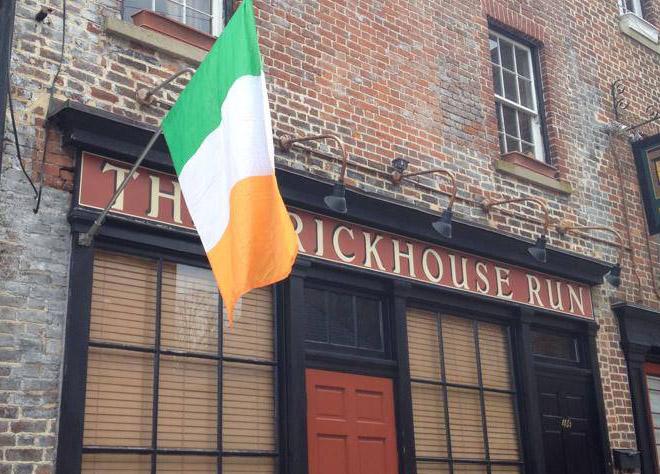









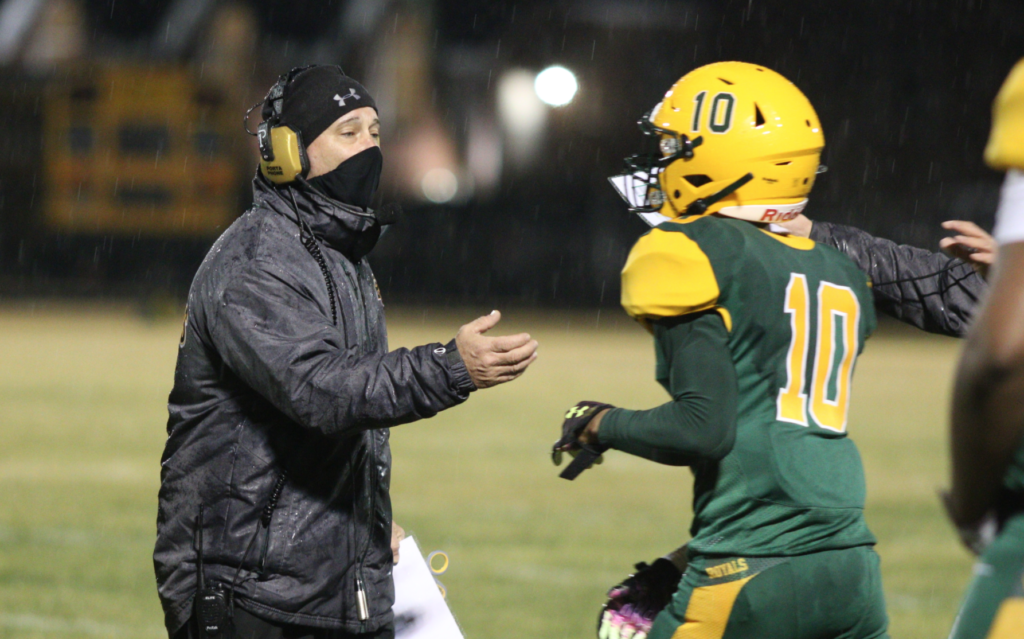

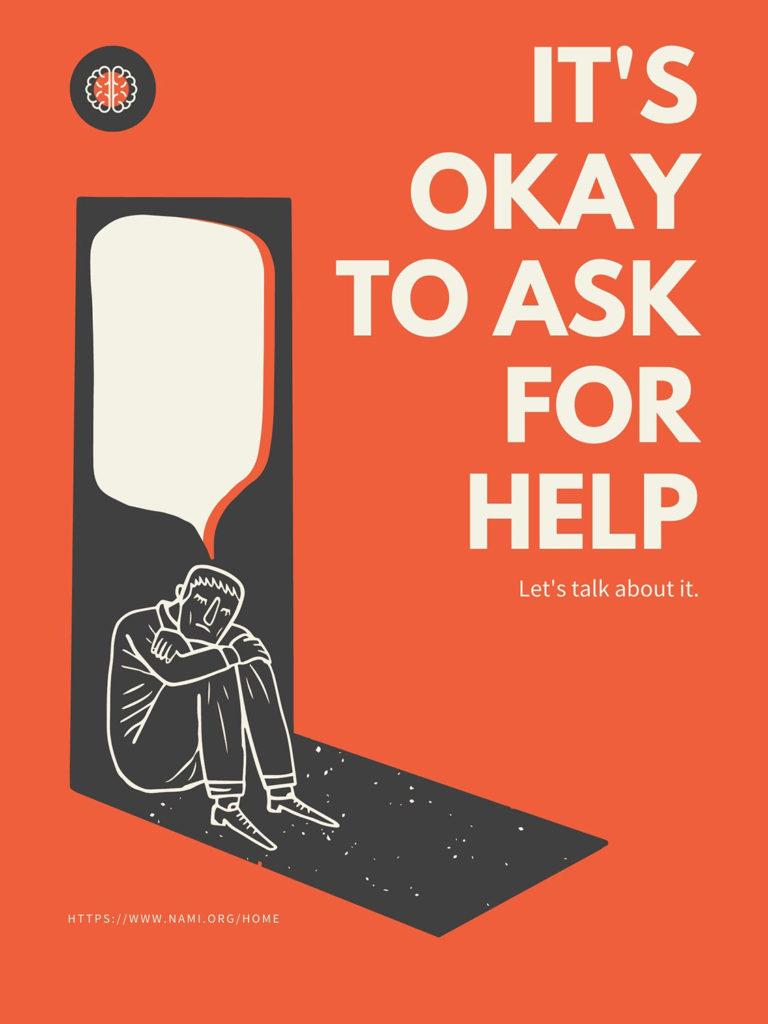

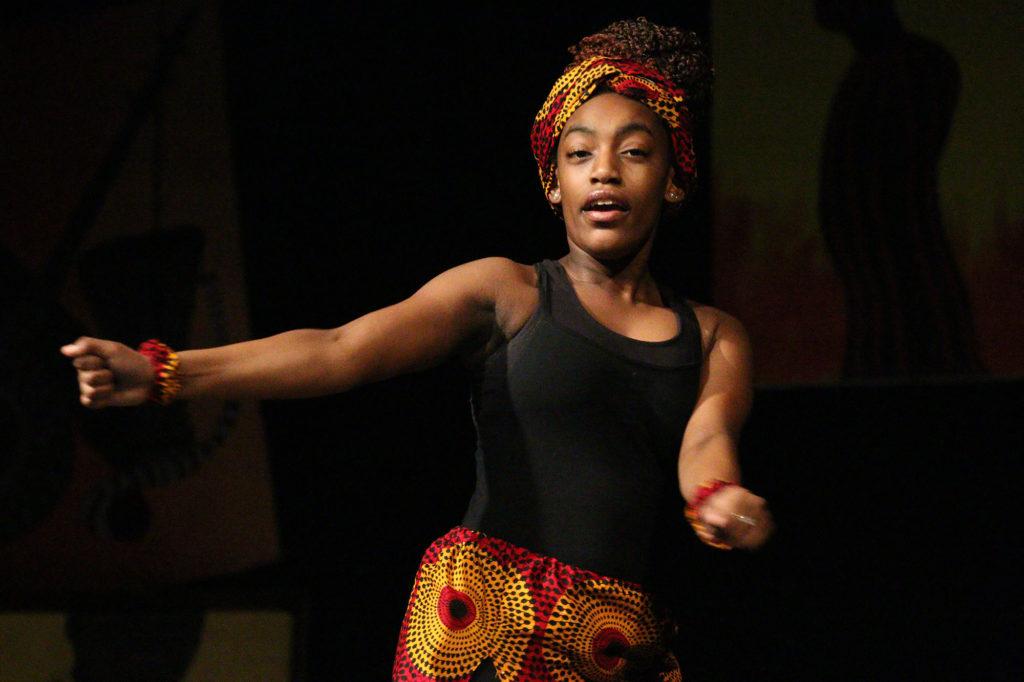
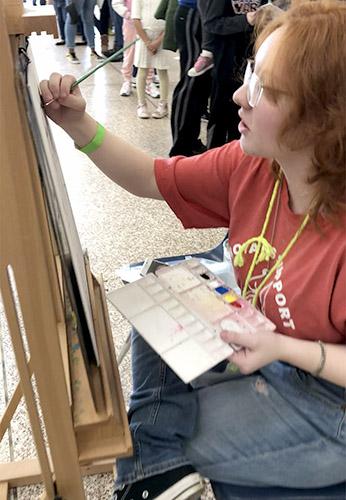
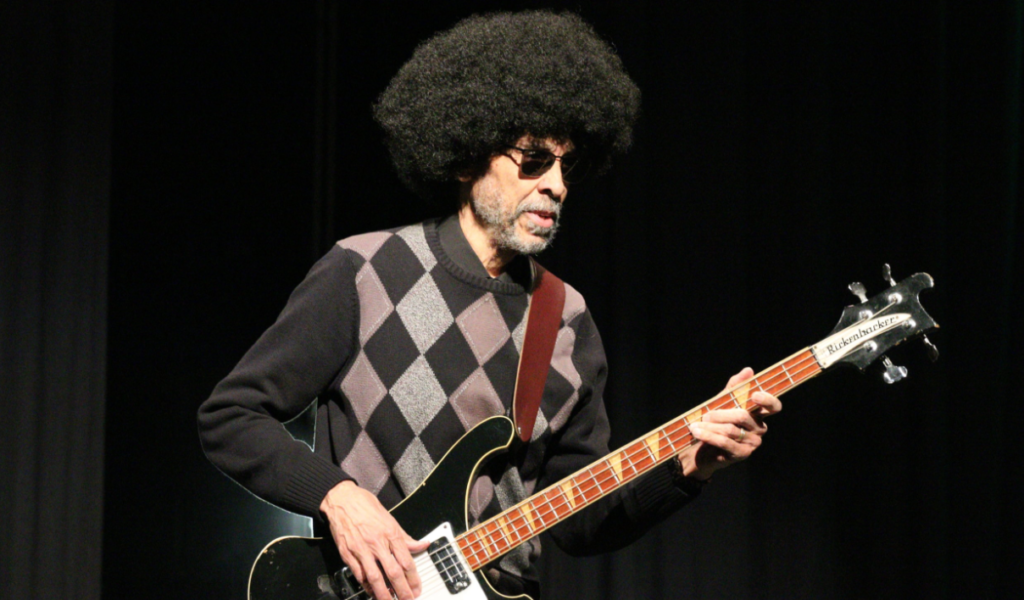




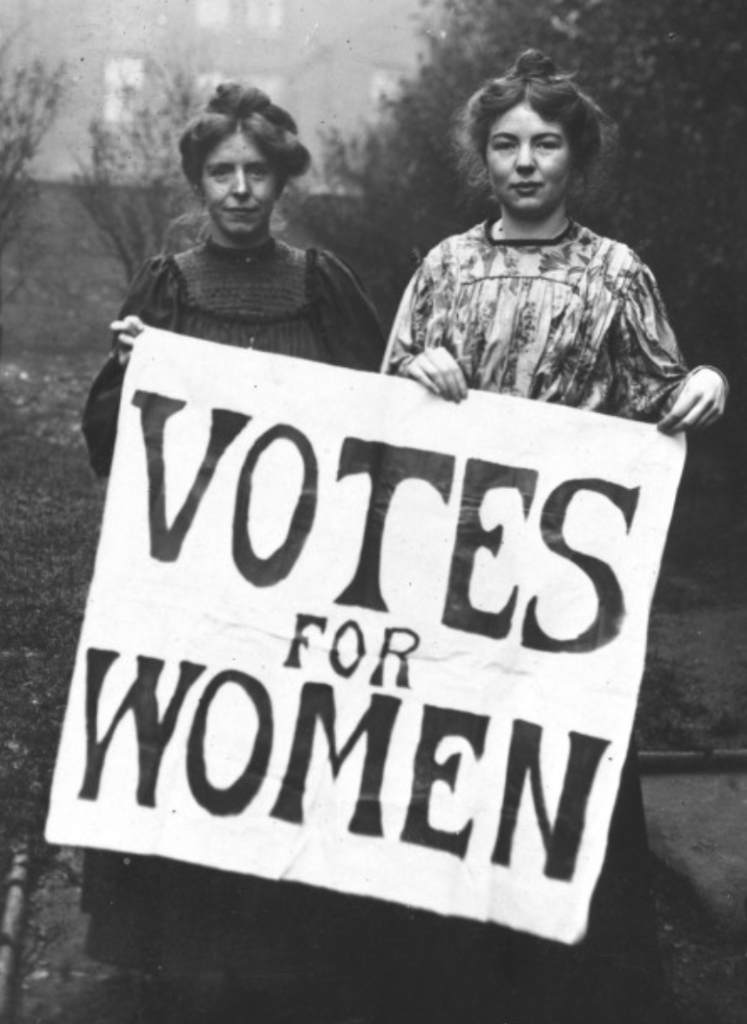



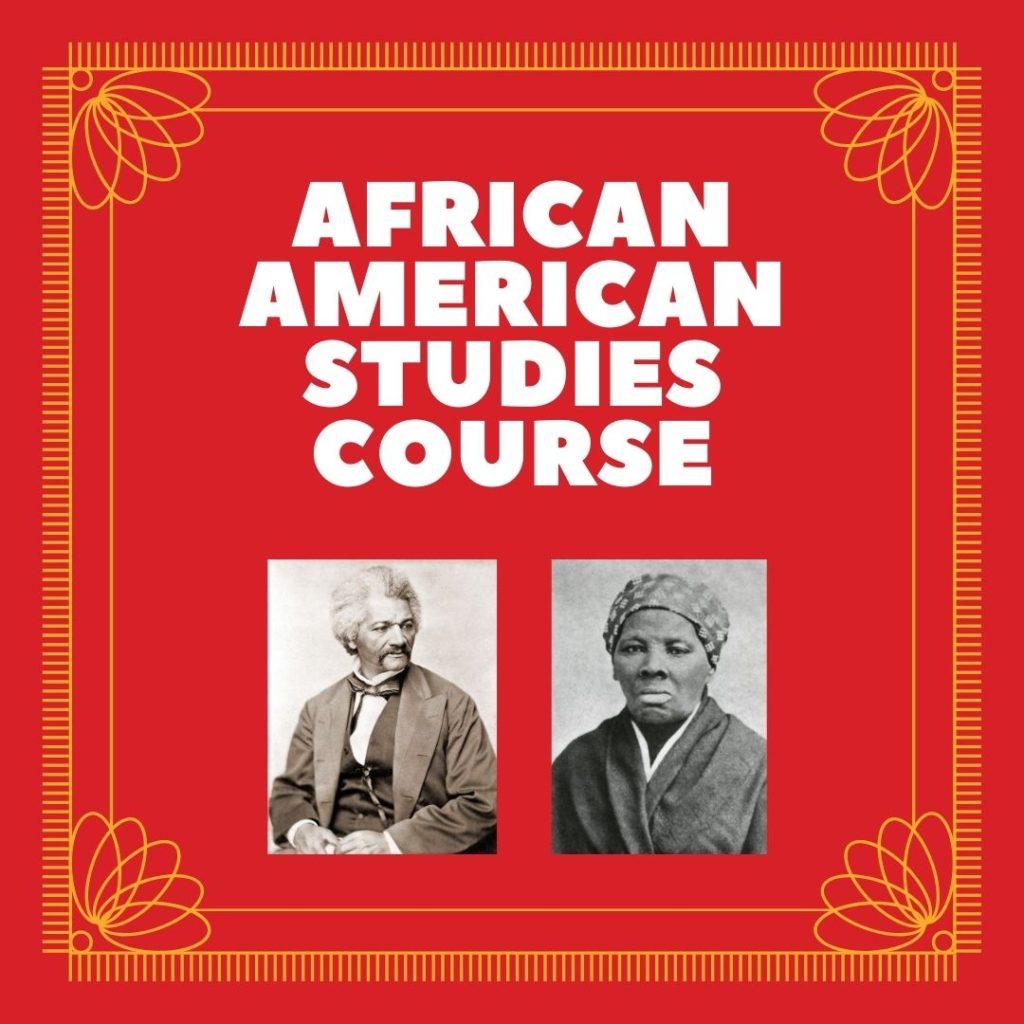

Lucas Bailey • Mar 11, 2011 at 8:38 pm
This is the first time I’ve really learned about the history of Mardi Gras. Its something I’ve heard of, but never really known anything about. This article was very informative and helped to give me a better understanding of the holiday.
Jessica Taylor • Mar 10, 2011 at 7:00 pm
Wow, I never knew the meaning behind Mardi Gras. I never really knew much about Mardi Gras. All I knew was that it was a big celebration-like party in New Orleans where people wear alot of beads. I definitely learned a great deal from this article.
Carrie Young • Mar 10, 2011 at 10:32 am
I did not know that there was so much history behind this holiday. I found it really interesting that students in New Orleans do not have to go to school on the day of Mardi Gras. I also didn’t know that it had a religious background.
Diana O. • Mar 8, 2011 at 9:19 pm
This article is very informative. I personally did not have a lot of knowledge about Mardi Gras.I can associate Mardi Gras with the carnivals we have in my country (Panama).The fact that the colors associated with the holiday have an actually significance is great.
haley matheny • Mar 6, 2011 at 6:41 pm
This is a great article to let people know about the history behind Mardi Gras! I thought it was more of a yearly celebration but it has so much background. This is a great way to teach kids about culture and have fun doing it
Tessa Allen • Mar 4, 2011 at 9:12 pm
I enjoy how this article went beyond the stereotypes and superficiality that most people associate with Mardi Gras. I did not know the history behind Mardi Gras and I feel a little more enlightened now. Good job Emily!
Malikah Williams • Mar 4, 2011 at 8:22 pm
This is very interesting. Mardi Gras is always mentiond but I’ve never really understood the concept behind it. This article does a great job explaining the history.
madison guidry • Mar 4, 2011 at 7:49 pm
I think its really cool that we get to learn about other cultures throughout our foreign language classes. Its nice to know That Mardi gras is more than a big party. It was cool how the author went deeper into the history.
Laken Adams • Mar 4, 2011 at 7:14 pm
I wish that Virginia had Mardi Gras celebrations like New Orleans has. It sounds like so much fun. It’s also good to get a background on the holiday. I’ve always just seen it as a big party with lots of music and fun.
Alex Martinez • Mar 4, 2011 at 6:31 pm
I never knew that Mardi Gras was such a big celebration. The only thing I knew about it was that if you gave a woman a Mardi Gras necklace, then she would reveal herself to you. Haha that doesn’t sound like the sort of thing to associate with Lent. Thanks for enlightening me to the truth.
Rachel Arnold • Mar 4, 2011 at 6:17 pm
I thought this was pretty interesting. I never knew all of the history surrounding this holiday. My mom went down to New Orleans for Mardi Gras this year for the first time and came back with a ton of stuff, a lot of it being green, purple, and gold, but I didn’t know until this article that it had anything to do with history. Thanks for the interesting facts.
Jill Fairchild • Mar 4, 2011 at 3:31 pm
Very cool article. I never knew the meaning behind the colors, or where it originated. I know a lot of people from New Orleans, but I’m not sure if they even know the history of the celebration.
Cara Lucy • Mar 4, 2011 at 8:14 am
Wow, I didn’t realize there was so much history behind Mardi Gras! People never take the time to look into holidays, they simply celebrate with gifts, drinks, and friends. I think holidays would mean so much more to people if they got a brief background of it like this article.
Unique Larry • Mar 3, 2011 at 8:08 pm
I absolutely love Mardi Gras. I am happy to see a story about it’s history covered, because a lot of people “know” the basics about Mardi Gras but don’t really know anything about it.
rachel waymack • Mar 3, 2011 at 6:14 pm
wow i didnt realize how much history there is behind Mardi Gras, it’s always good to learn the history behind holidays so you can fully appreciate them. I also didn’t realize that kids get school off for Mardi Gras.
Trey Carter • Mar 3, 2011 at 8:17 am
It’s great to have this valuable insight on the tradition of Mardi Gras. It’s amazing to experience an event as such, but one can not truly appreciate and embrace Mardi Gras without understanding the true history about it.
Raya Girard • Mar 1, 2011 at 5:06 pm
One of the many great things about taking a language is that you get to learn about the culture of another country as well as the language. Holidays are especially fun to learn about because you get to celebrate them. Miss Skiffington looks great in her mask!
Haseena Abdur-Rahman • Feb 27, 2011 at 4:34 pm
I didn’t realize that the colors associated with Mardi Gras-purple, green, and gold-had a significant meaning; purple meaning justice, green meaning faith, and gold meaning power. Whenever I see a Mardi Gras celebration, it’s often depicted to be filled with music and parades. It always looks so fun!